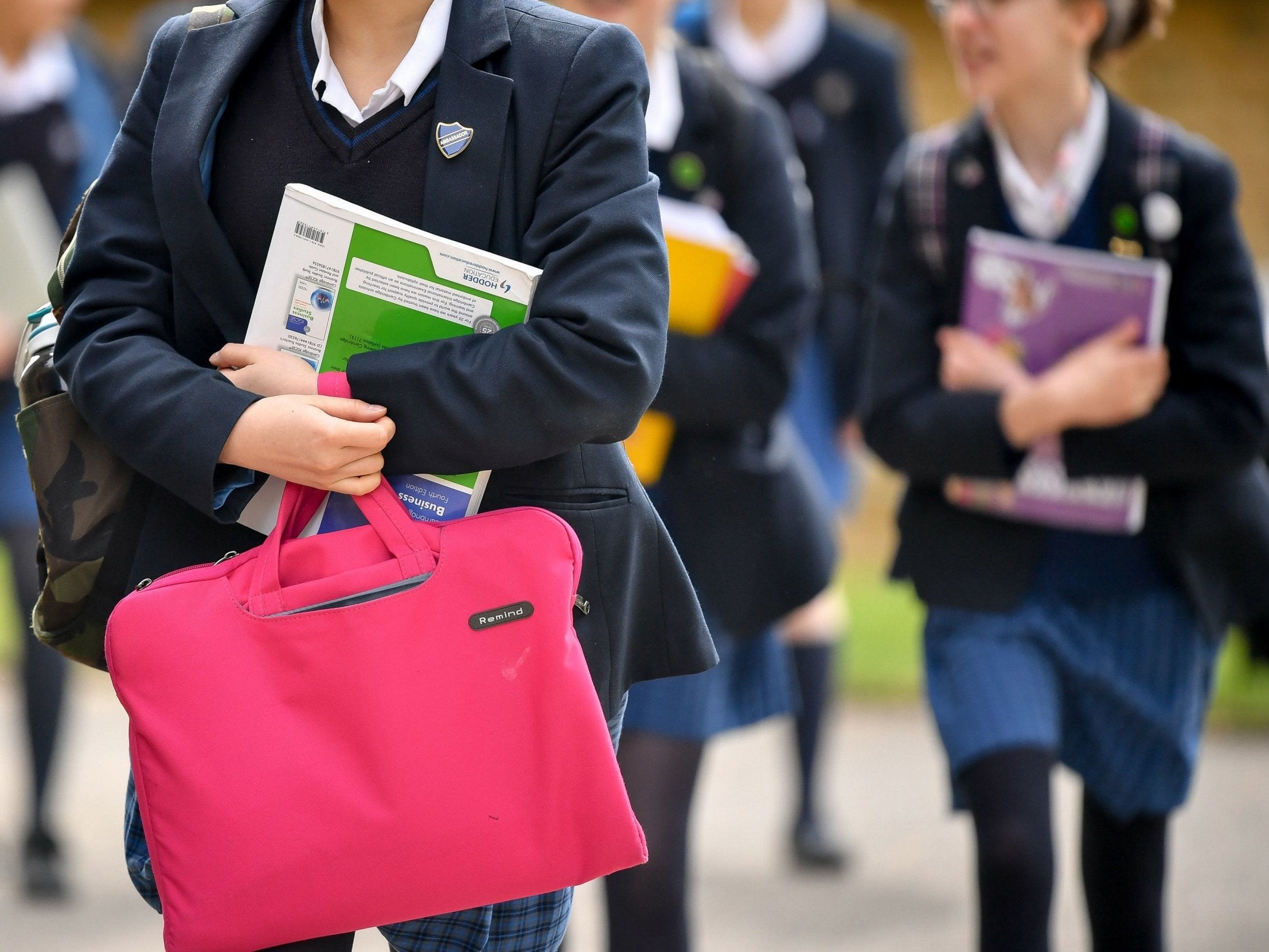How worried should we be about unauthorised school absences?
Truancy can lead to knife crime, a minister has suggested. Eleanor Busby explores whether a record number of unauthorised school absences needs urgent attention

Efforts to reduce the number of pupils who are persistently absent from school have stalled, leaving children who are out of class most at risk of criminal exploitation, the education secretary has warned.
Damian Hinds’ comments came ahead of new Department for Education (DfE) figures, which revealed that unauthorised pupil absence rates in England are at their highest since records began.
Of course, being off school for lengthy periods can be damaging to a pupil’s learning. And for some children, repeatedly missing class can be a safeguarding risk if they are left to roam the street.
But is rising truancy really linked to increased knife crime as the minister suggests? Or are there other less daunting explanations of the apparent connection?
Parents taking children out of school for term-time holidays without permission has contributed to a rise in pupils skipping lessons. Increasingly, families are trying to avoid higher prices for vacations.
The trend follows the high-profile legal battle involving Jon Platt, a father from Isle of Wight who was taken to court after taking his six-year-old daughter on an unauthorised holiday to Florida.
Initially, Mr Platt won a High Court case in 2016 – which is likely to have encouraged more parents to book term-time breaks – but the case was overturned by the Supreme Court in April 2017. (We may see the impact of that ruling in future figures.)
Since the ruling, the father has told the BBC that he has now put his children into private education, exempting himself from further fines from the council.
Paul Whiteman, leader of headteachers’ union NAHT, argues that the government should offer a sensible intervention on the “real problem” of holiday pricing which is largely driving this trend.
Fines alone do not appear to be stopping families from taking their children out for trips, as penalty notices issued to parents increased by 75 per cent, from 149,300 to 260,877, last year.
Holidays are not the only driver of pupil absences. Children also miss lessons due to illness and religious observance. And overall, persistent absence has increased in all types of schools.
More pupils have been classified as persistently absent – where they miss 10 per cent of more of their possible teaching sessions – than the year before.
On knife crime, Mr Hinds has said that children who are “persistently absent” are a “much bigger concern” than exclusions.
But unauthorised absences in secondary schools has only risen slightly in the past three years, at a time when knife crime has soared, which suggests the link between the two is not necessarily that strong.
So, while the headlines on truancy may suggest that children are increasingly missing school and falling into a life of crime and gangs, the bigger picture is perhaps more complex.
What is true, however, is that vulnerable young people – such as pupils eligible for free school meals and those with special educational needs – are much more likely to miss class. A joint effort is needed urgently to ensure these children do not get left behind.
Join our commenting forum
Join thought-provoking conversations, follow other Independent readers and see their replies
Comments